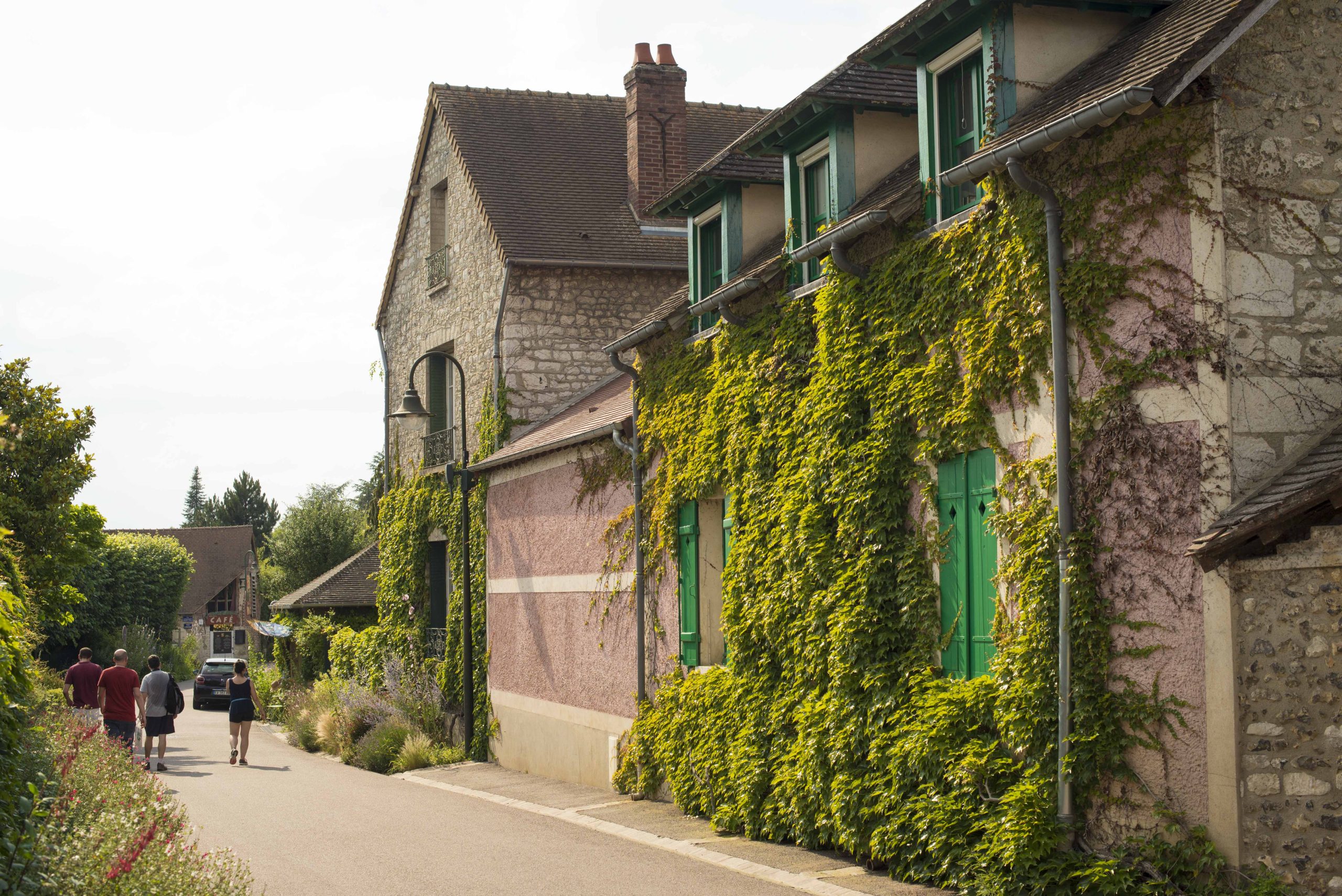If you have visited the Musée d’Orsay, Musée Marmottan or Musée de l’Orangerie in Paris, you may have seen more than one painting of water lilies floating on top of a lake. If you thought this place was not real, we have good news for you: all these paintings depict a garden that actually exists. It is the flower garden at Monet’s house and it is located in Giverny (Normandy). If you are spending some days in the region or you want to make an excursion from Paris, this is definitely a place you should consider visiting!
How to get to Giverny
From Rouen
- By car: take the A13 highway (expect 4,40€ for toll payments). Take the exit number 16, drive to Vernon and then Giverny.
- By train: there are several trains day that communicate Rouen with Vernon – Giverny every day. It takes about 40 minutes and the cost is around 13 €. From there to Giverny, you can just walk (the distance is nearly 5.5km, 1h 20min), or take a bus. The road is well conditioned for pedestrians, but if you don’t have plenty of time we would advise to take the shuttle. The shuttle takes around 20min and costs 5€ when you buy a single ticket, or 10€ for the retrn ticket. The arrivals and departures of the shuttle are coordinated with the trains that arrive or leave to Paris. You can download the information about the shuttle here. When you plan your trip, remember that this shuttle only operates between april and october, both months included.
From Paris
- By car: it takes nearly one 1h 30min. Depending on the roads and highway you choose, you may have to pay up to nearly 14€ for the tall. Before your trip, you can always check the website of Viamichelin, which will give you an idea of the time and cost of your journey, taking into account the cost of fuel and highways.
- By train: the train leaves from Saint Lazare station in Paris and it takes about 1h. The price is 17€ approximately. As said before, you can walk to Giverny or take a shuttle, that will leave you in Giverny after a 20min drive. Check this link for the information of the shuttle, and don’t forget that it only opperates between april and october, both included. For the train tickets, you can find them in this website.
Opening hours, price and tickets
The house and gardens are open from 9:30 to 18:00 (last admission at 17:30).
The prices are as follow:
- Adults: 11€.
- Children (7 – 17): 6.50€.
- Students: 6.50€
- Children under 7 (excluding school groups): free
- Person with disabilities: 5.50€.
If you buy the tickets online (which is recommended, but not mandatory), the price will increase in 0.50€. You can buy them here. And in this link, you can find all the useful information concerning the visit.
The visit
A trip to Giverny is like a trip back in time. Right after arriving to this little town, with less than 500 inhabitants (in the whole commune) one has the feeling of being transported to a different world and epoque. Hard to imagine that a busy city like Paris is little more than one hour away!
The street Claude Monet leads to Monet’s House and Gardens. The bucolic landscape of the street is just an introduction of what comes later.
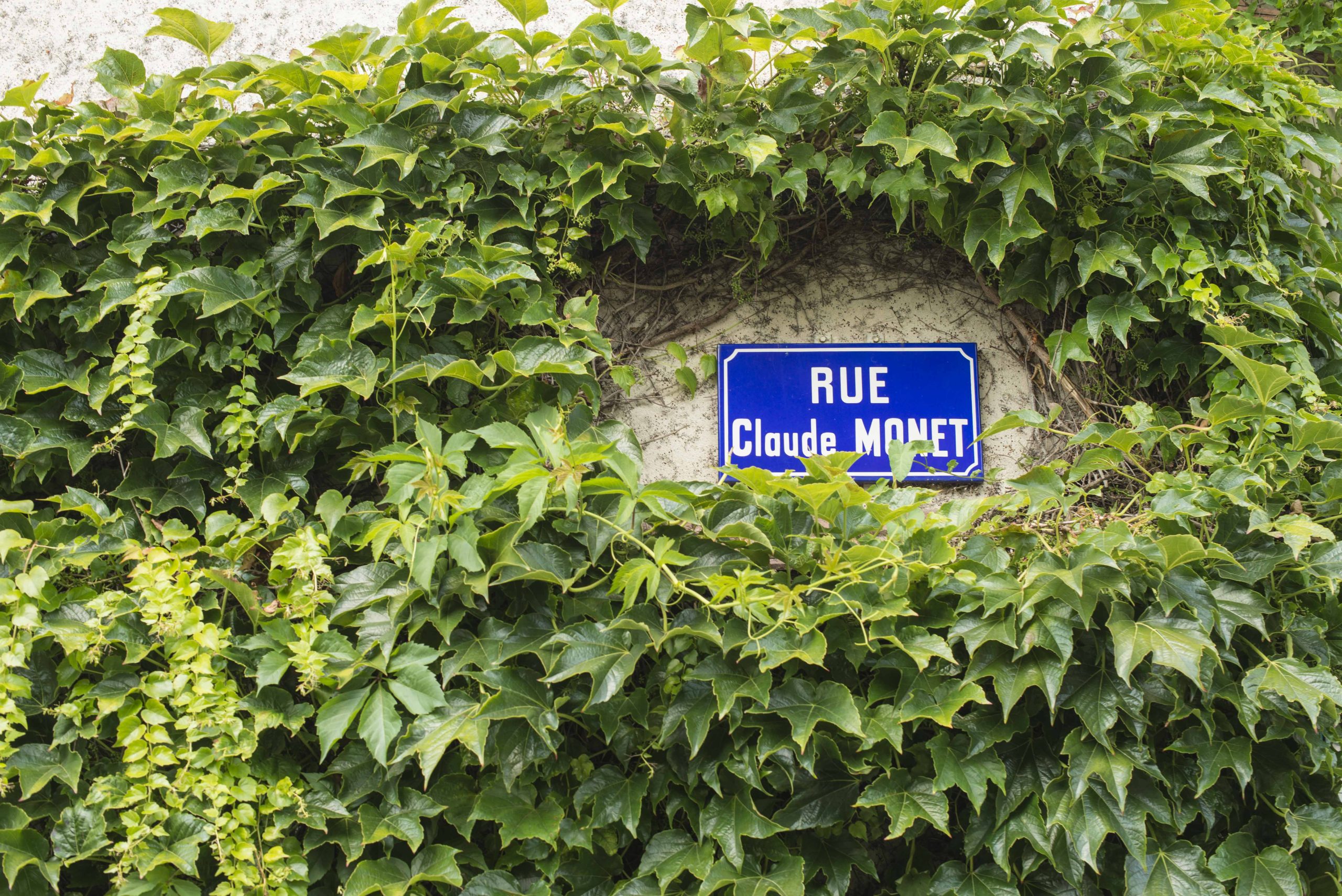
The visit starts in the water garden, possibly the most iconic attraction of the propery. A narrow alley, sorrounded by bamboo plants, leads to the main area.
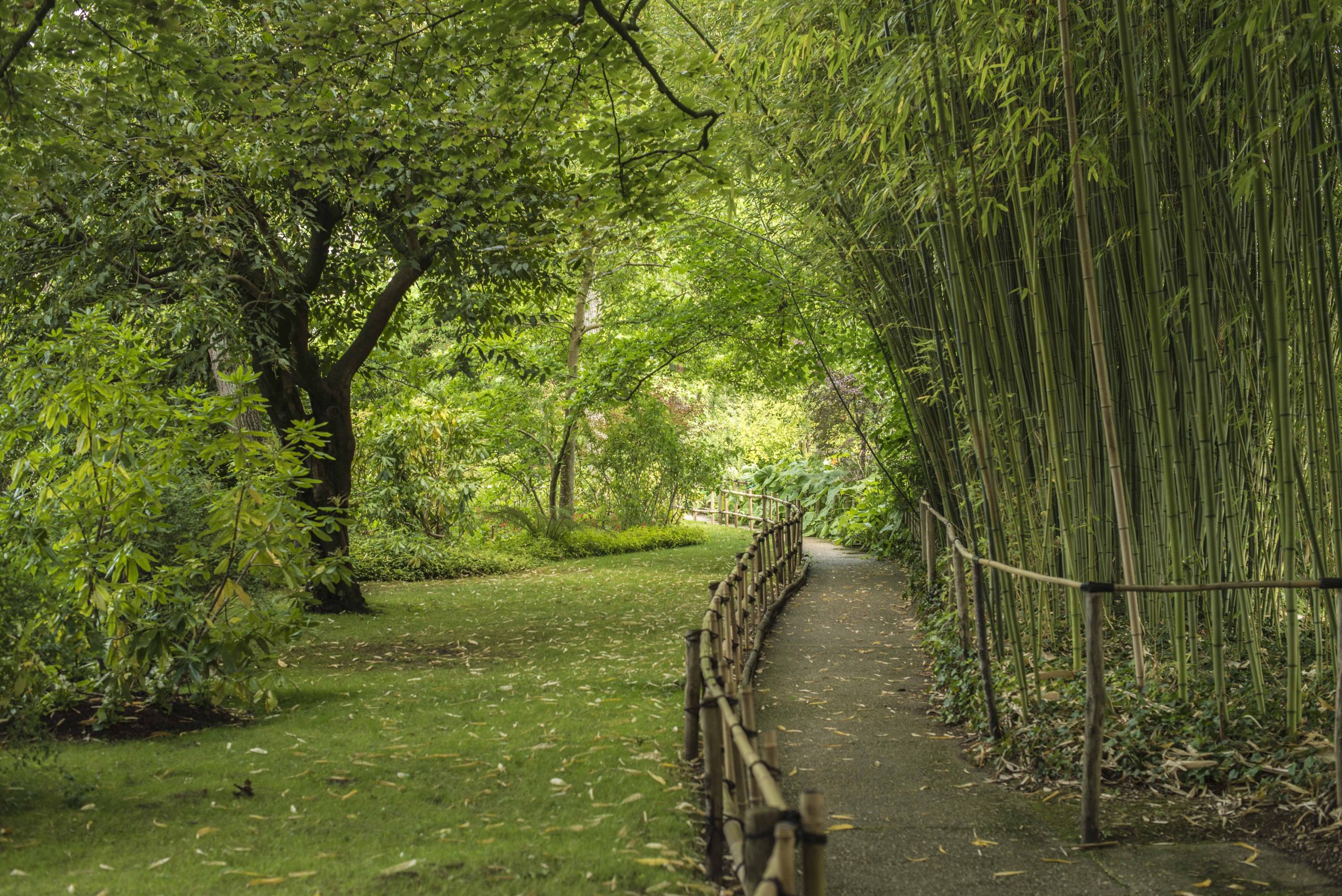
One can easily recognise the water lily pond and the Japanese bridge covered with wisterias from Monet’s paintings, as well as other areas of this garden. The water garden is not big, but the variety of plants to see is so wide that the visit of this area can take quite a while. According to the time of the year, the look ot the water garden can vary greatly.
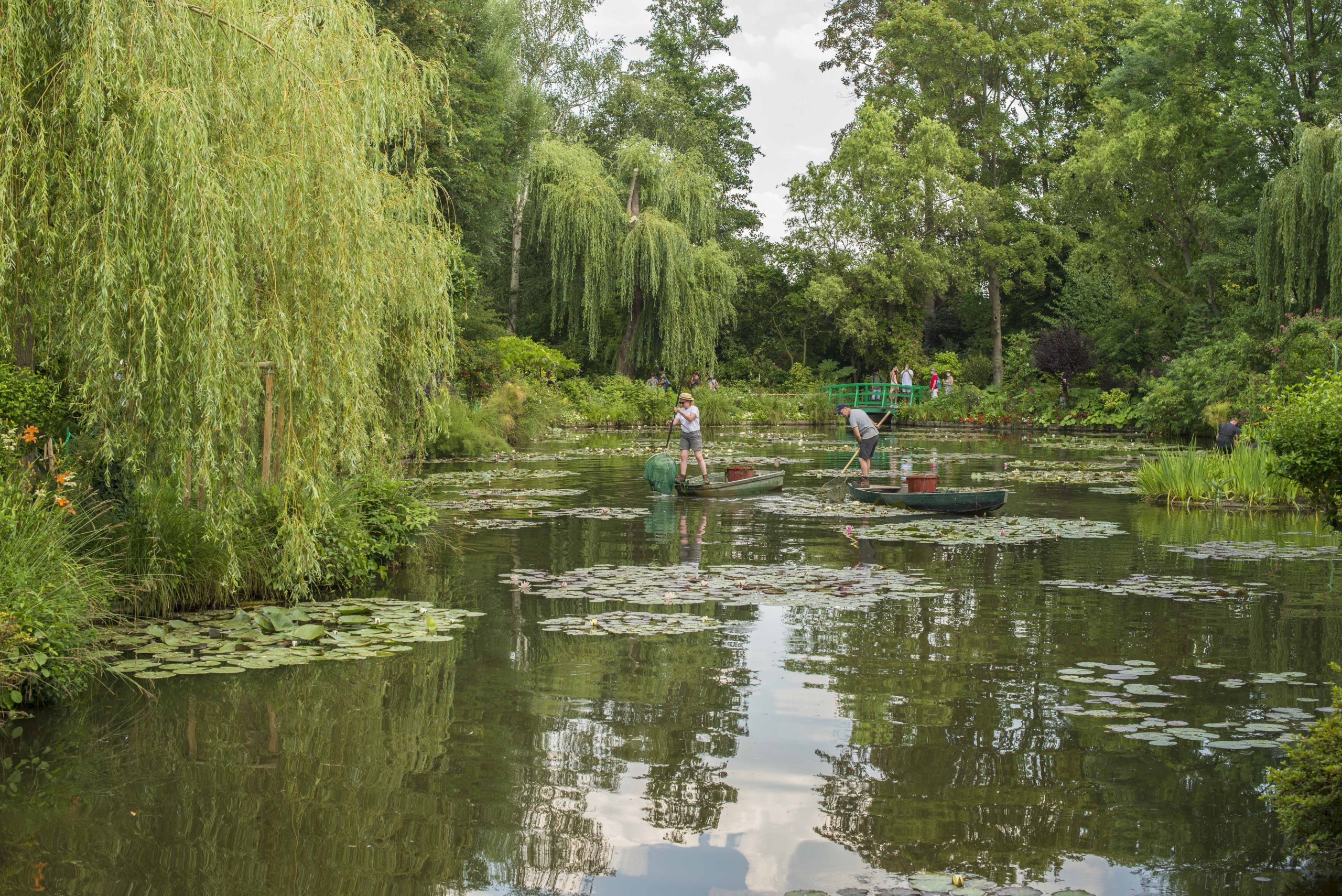
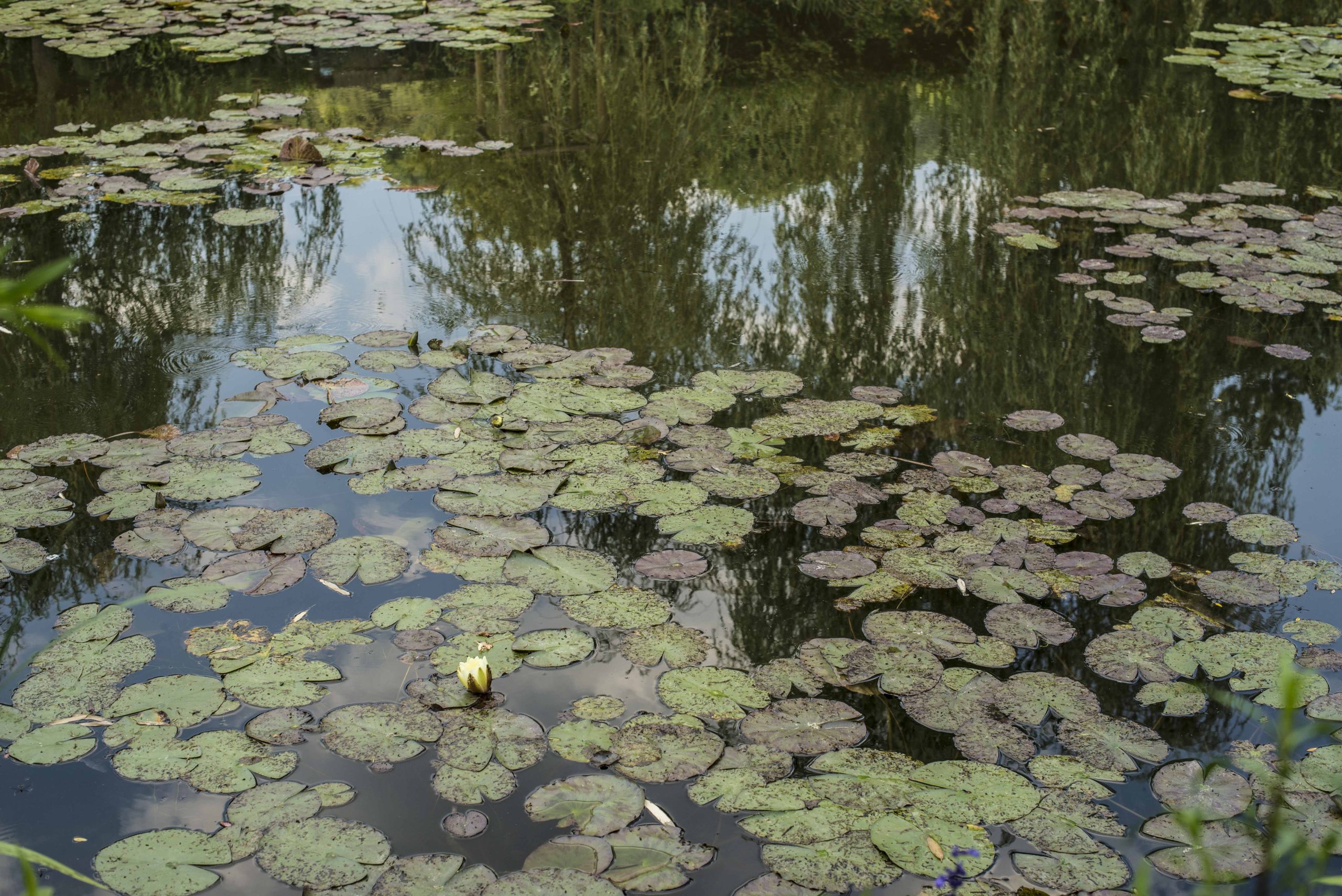
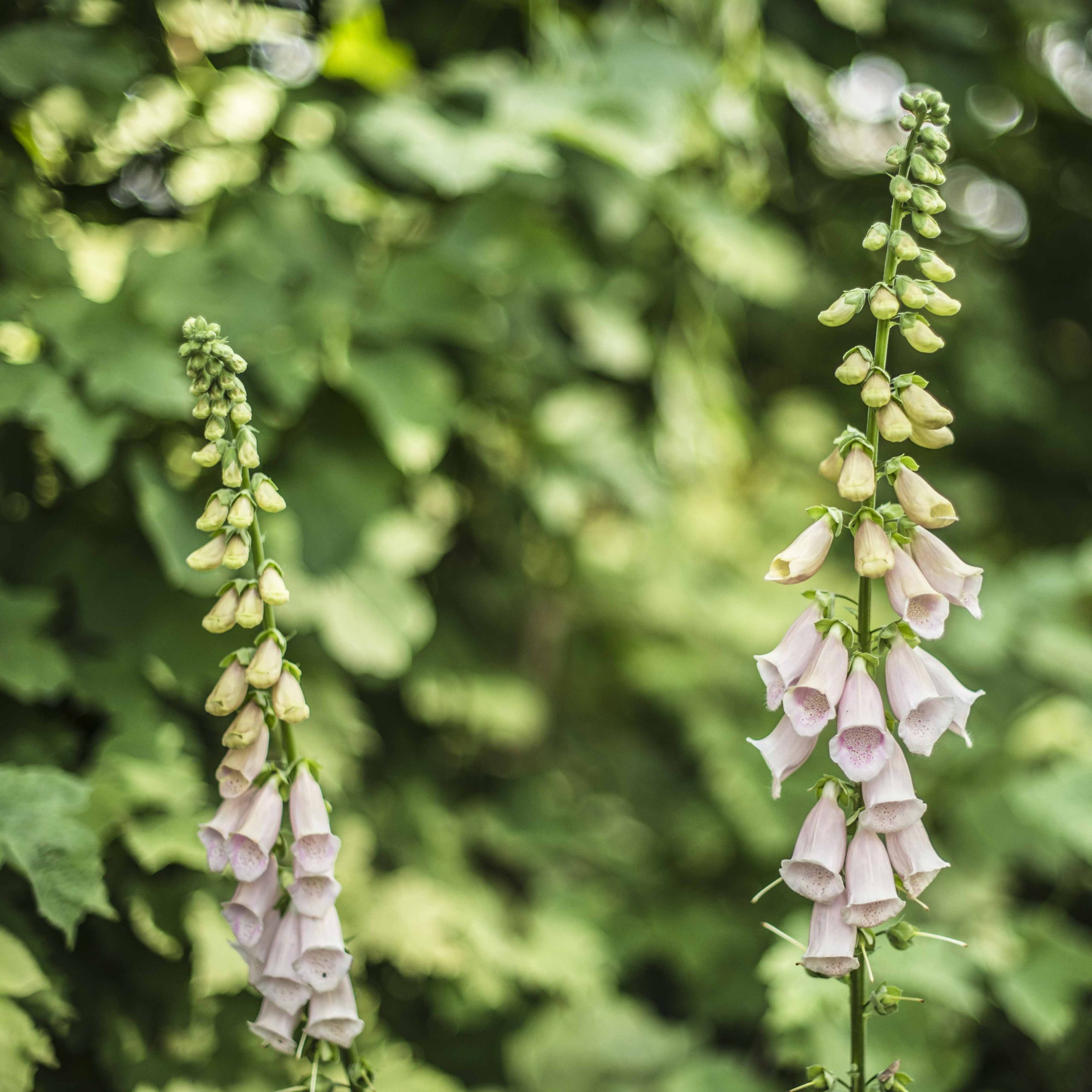
The visit continues in the “Clos Normand”, the flower garden located in front of the house. The land is divided into flowerbeds where flower clumps of different heights create volume, with a central alley covered over by iron arches on which climbing roses grow.
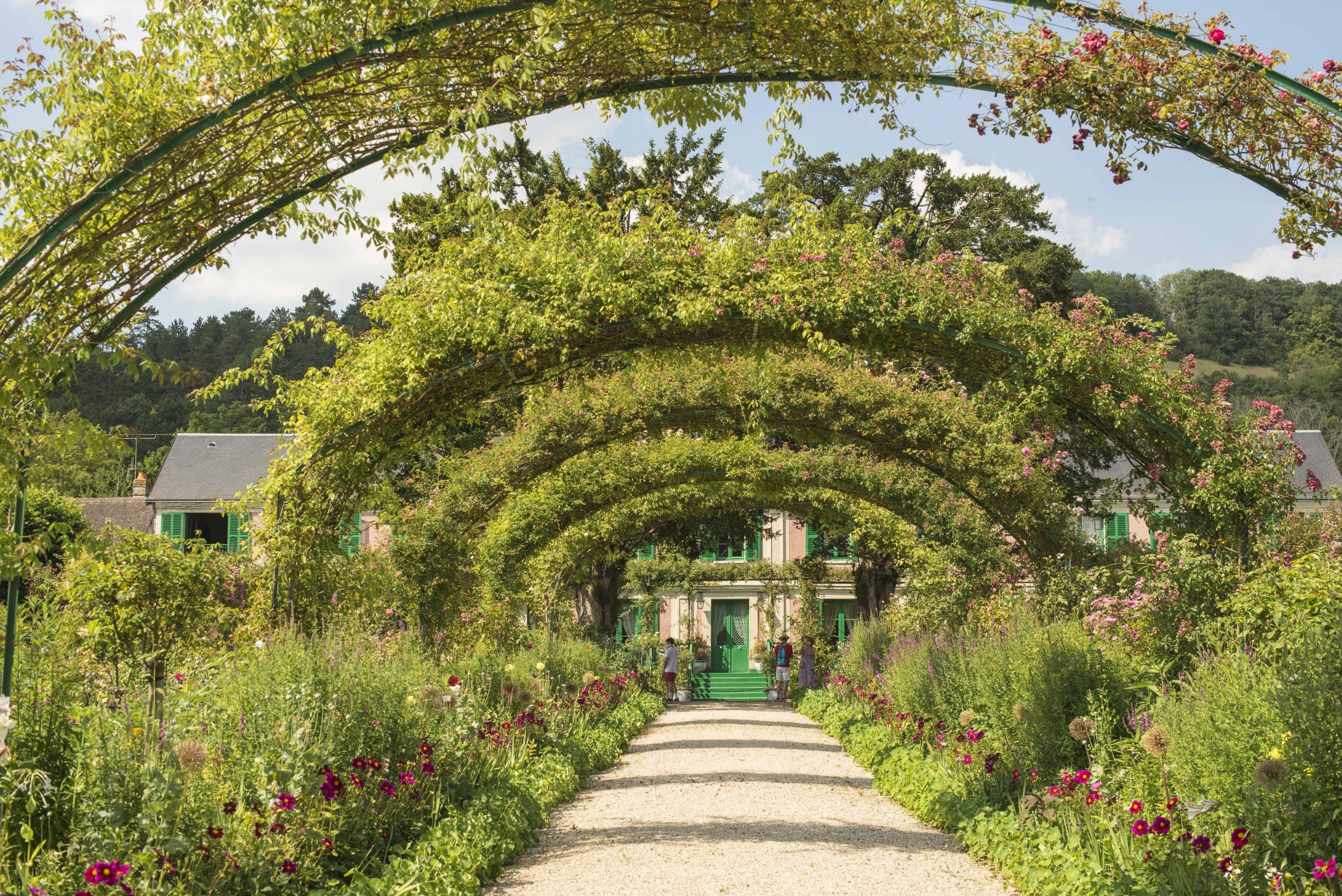
Monet mixed the simplest flowers (daisies and poppies) with the most rare varieties. He did not like organized nor constrained gardens, so he married flowers according to their colours and left them to grow rather freely. Apart from these plants, there are some fruit trees in this garden.
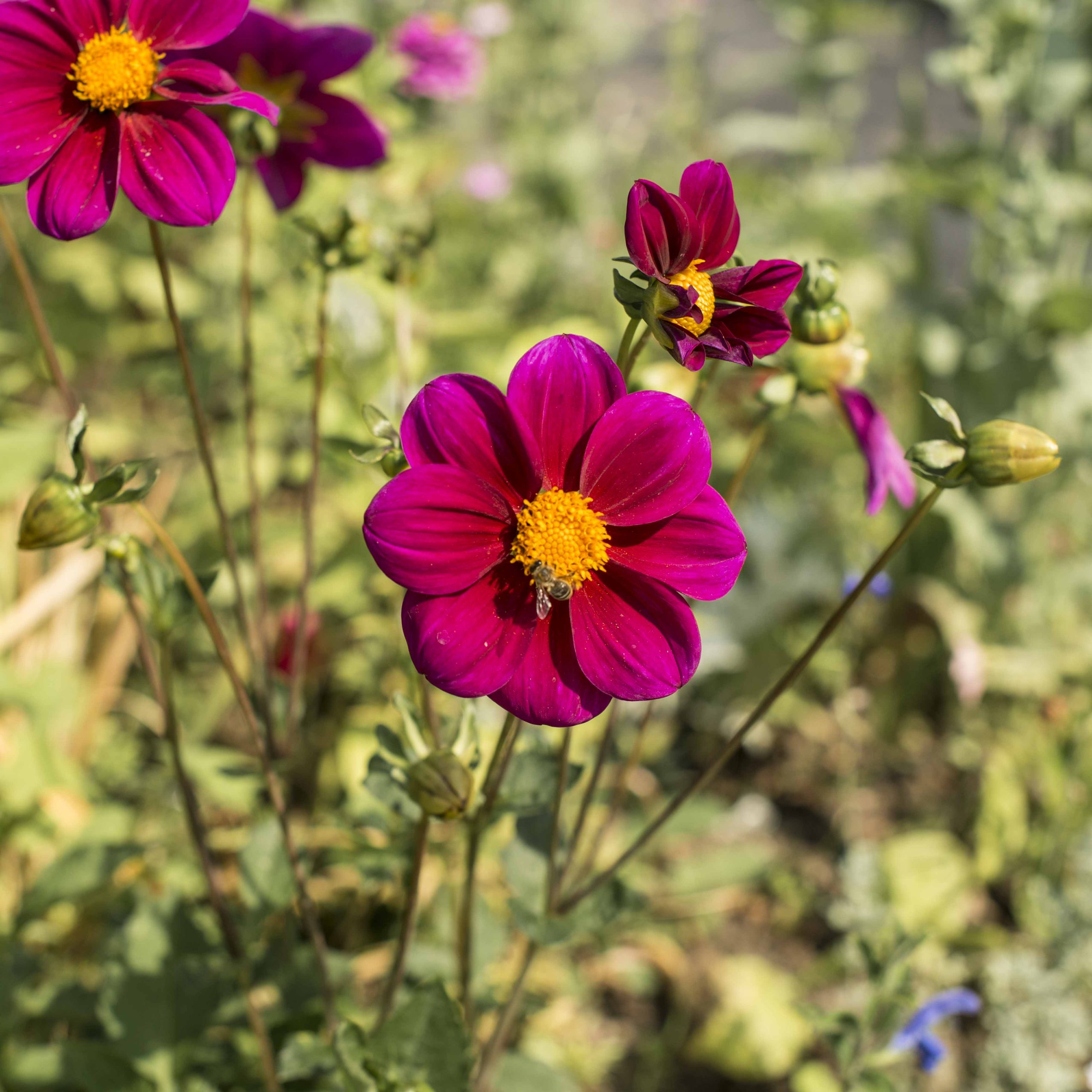
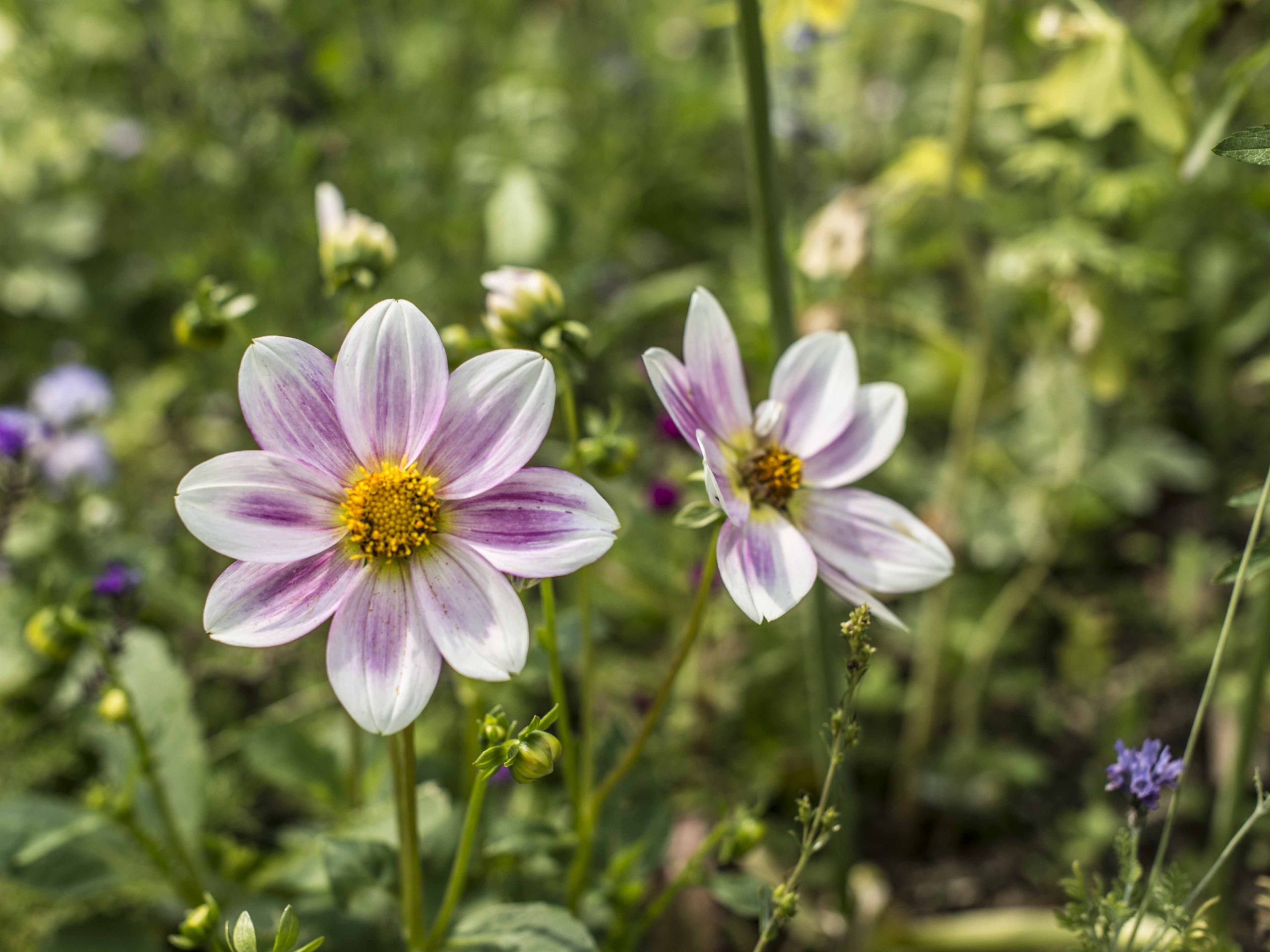
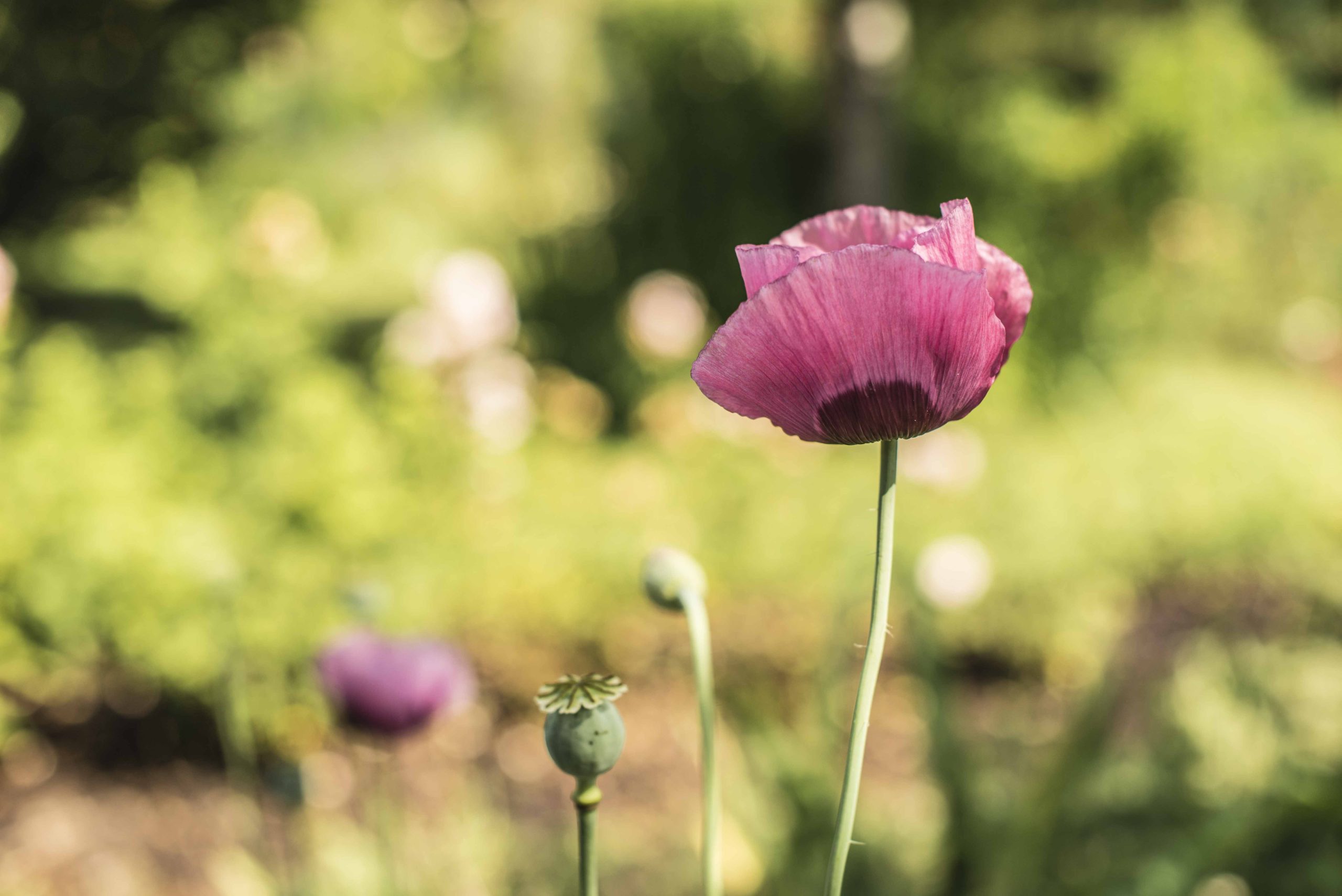
At the top of the gentle slope, with pink walls and a slate roof, we finally discover Monet’s house. This is the house where the painter once lived, with his second wife and eight children. According to the information provided during the visit, the house looks quite similar as it looked then.
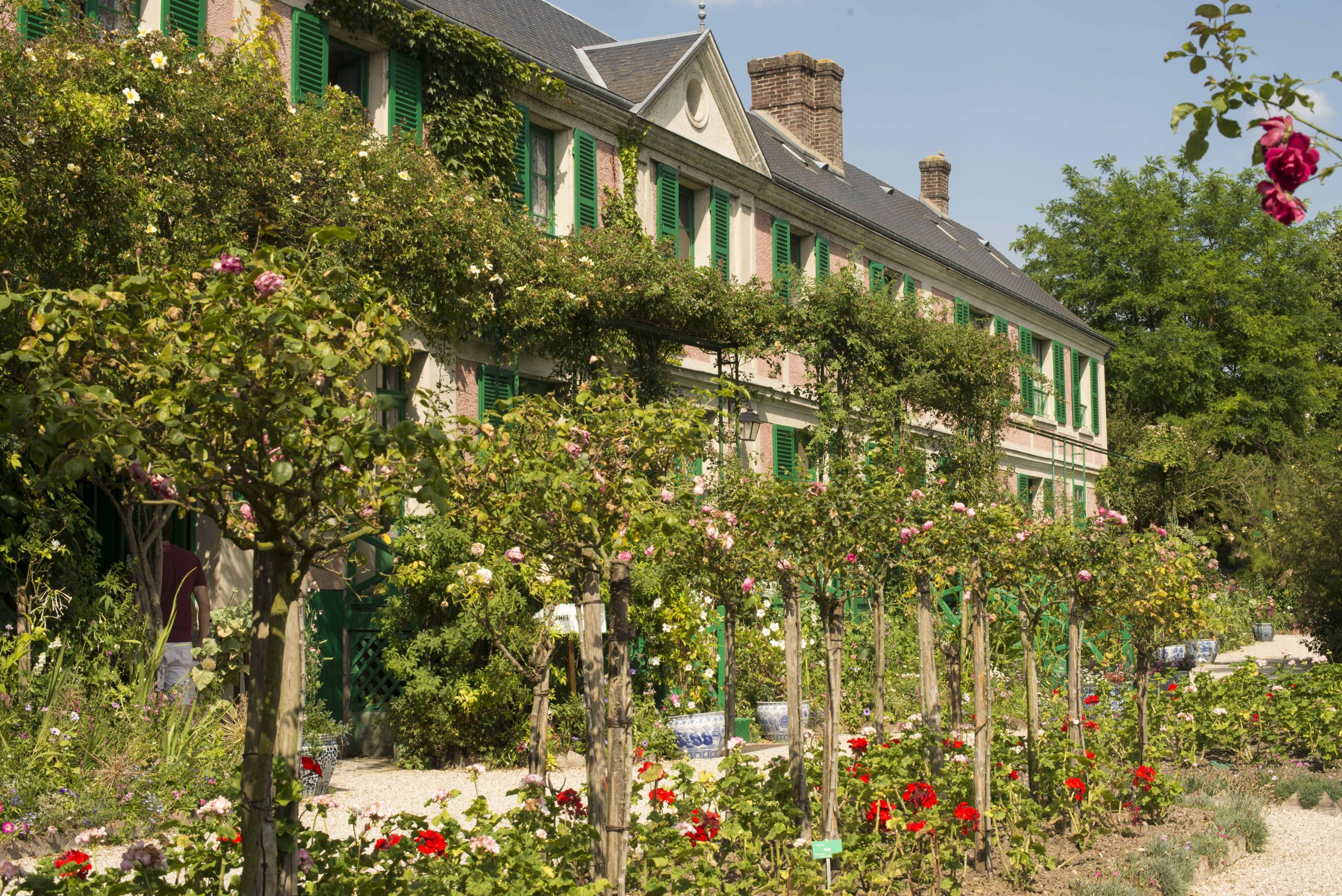
The visit of the house starts in the studio-lounge. The room is decorated with several (near 60!) reproductions of Monet’s paintings, most of which are exhibited in the Marmottan Museum.
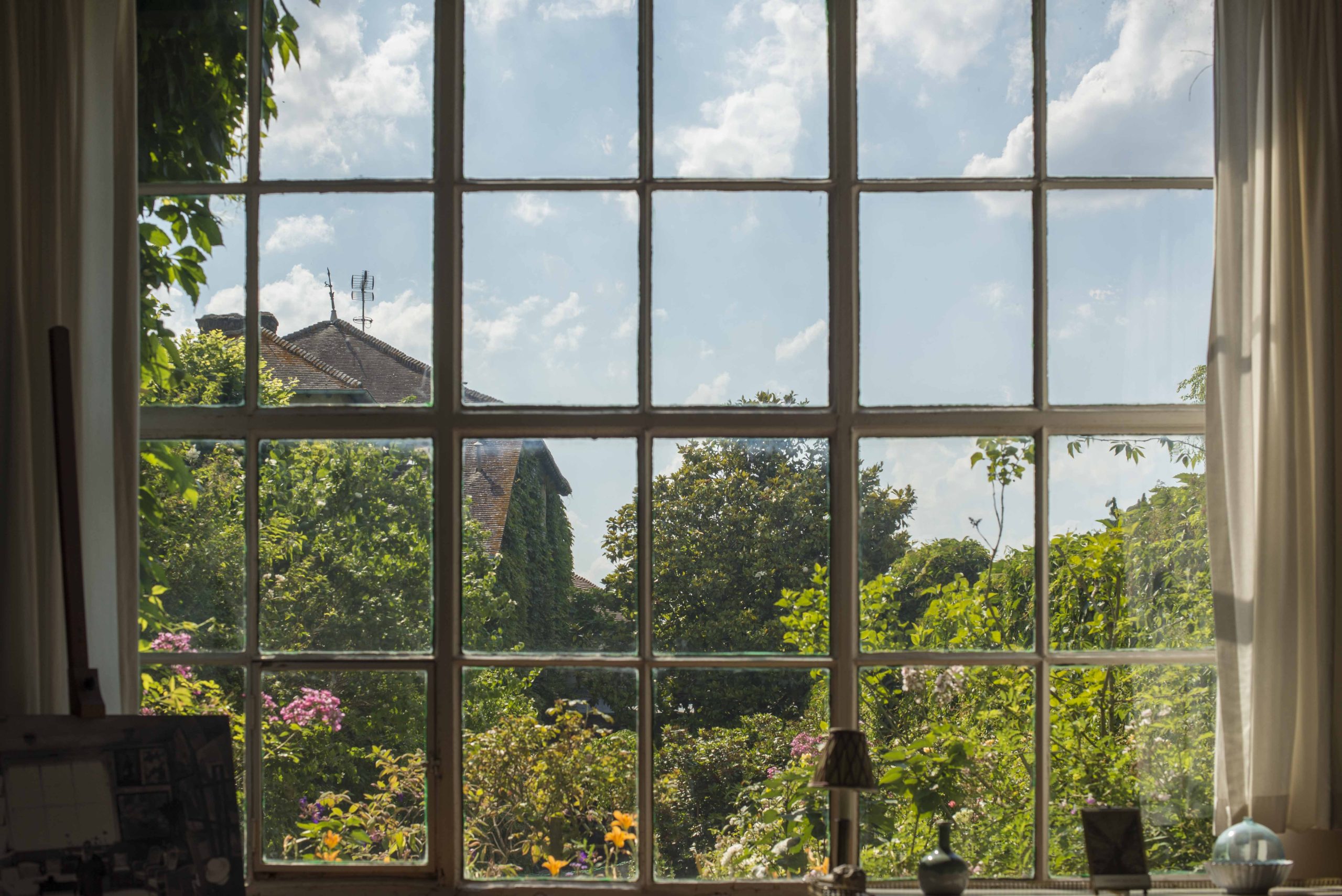
The visit continues upstairs, with the private apartments, different rooms and washrooms once used by the painter and his family. Here, one can find a collection of items such as photographs, furniture of the time, reproductions of paintings from other impressionists and Japanese prints, of which Monet was a big admirer.
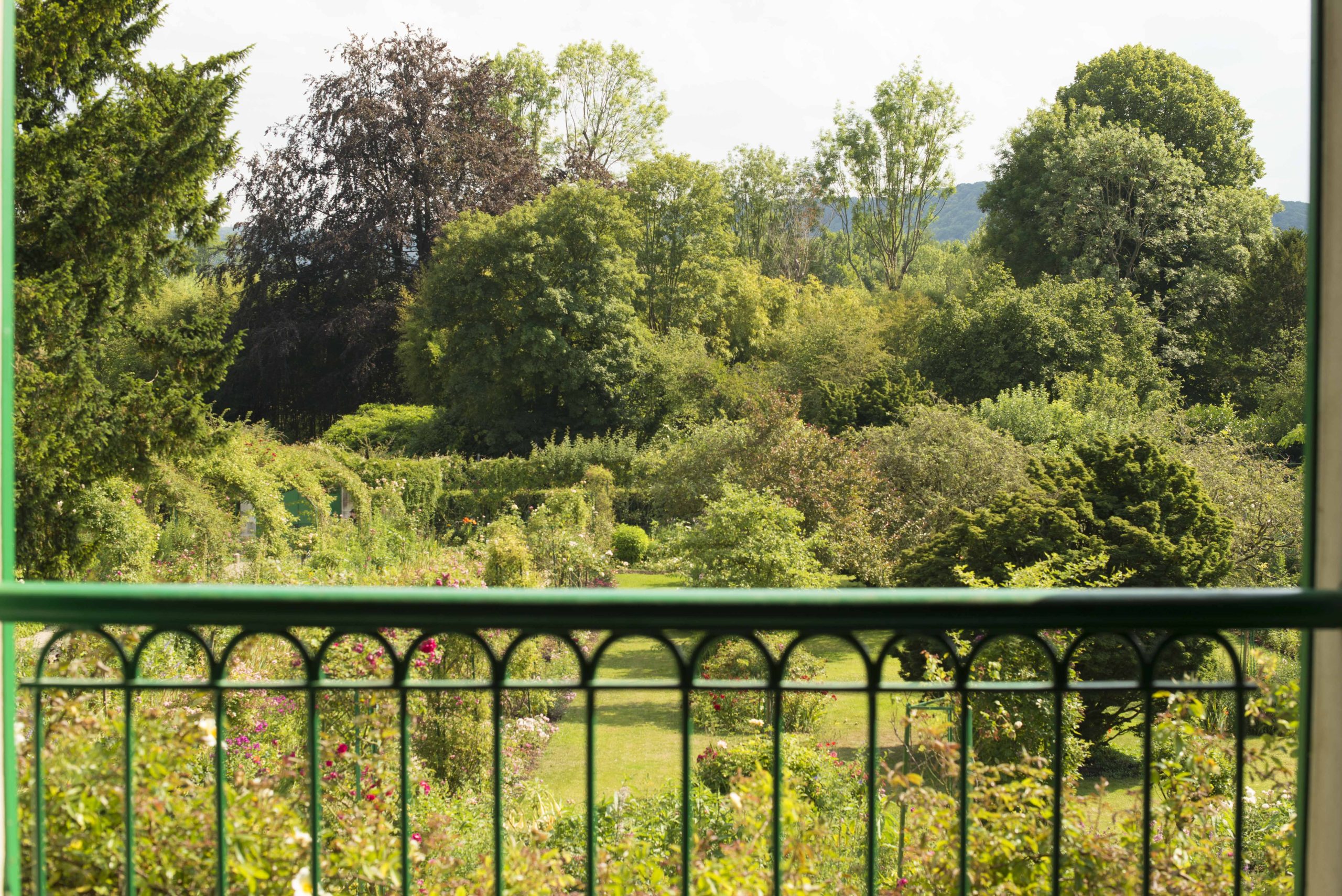
Back on the ground floor, the visit of the house ends with the dining room and the kitchen. The dining room is, possibly, the most striking space in the house, with walls painted in yellow and covered with many Japanese prints. However, the kitchen, with its blue Rouen tiles and copper cooking utensiles is also remarkable.
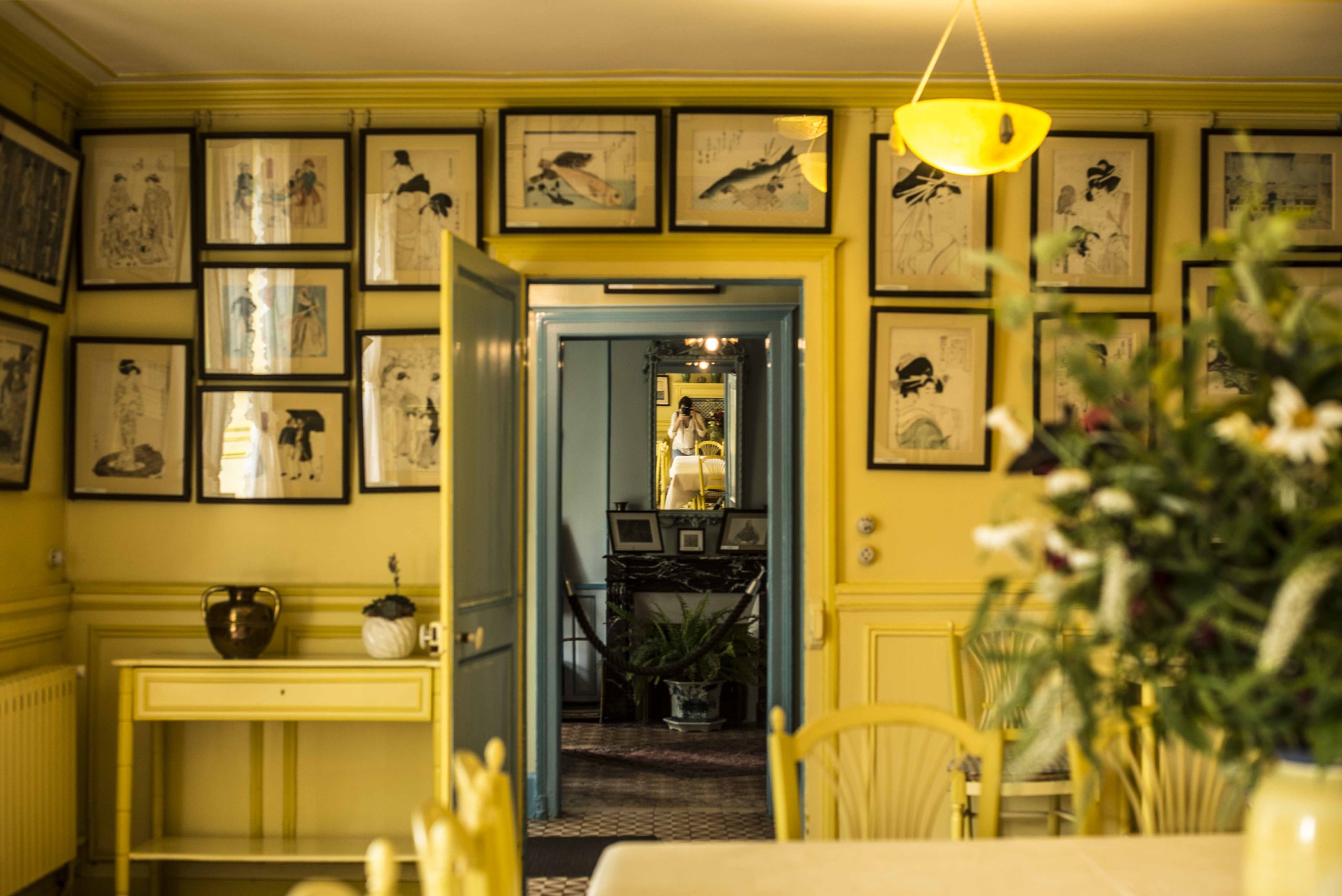
Before leaving, one can also see the water lily studio, now working as gift and book store.
The visit to Monet’s house and gardens ends here, but if you have some time left, you can visit the little town of Giverny, and the Musée des Impressionismes.
